In a new paper from Tisch College entitled “The Civics of a Green New Deal,” Carmen Sirianni proposes civic strategies to address the climate crisis. A “civic” approach means engaging citizens and a wide range of organizations in planning, negotiation, and coordinated action.
Below is a preface that I wrote. The whole document is on the Tisch College site.
Command-and-control regulation and taxing-and-spending will not suffice [to address the climate crisis]. To see why, consider the example of public transportation. If more people made more use of trains, we would burn less carbon and could mitigate local effects of climate change by shifting commuting and development patterns to better locations. Public spending is necessary for this purpose, but it is insufficient. To help the climate, large numbers of people must actually use new public transportation options. If many residents oppose construction, they will block or delay public works projects in their own backyards. On the other hand, if people have a say in where and how the money is spent, their input will help to ensure that new transportation is genuinely popular and heavily used. People who are involved in the public effort are also more likely to adjust their purchases, business decisions, and volunteering to benefit the environment.
Addressing the climate crisis is all the reason we need to make a Green New Deal civic. Sirianni offers much advice, based on decades of experience and research, about how to incorporate public involvement in such large-scale efforts. For readers who are primarily concerned about the environment, his paper speaks for itself.
I will, however, add another reason to support a civic version of the Green New Deal. Like the environment, democracy faces deep challenges globally, arguably amounting to a second crisis. Freedom House has “recorded global declines in political rights and civil liberties for an alarming 13 consecutive years, from 2005 to 2018. The global average score has declined each year, and countries with net score declines have consistently outnumbered those with net improvements.”[1] Many powerful and influential countries are authoritarian (e.g., China) or have moved from democracy toward authoritarianism (e.g., Brazil and India). Public opinion data from many countries, including the United States, reveals disaffection with liberal and democratic values and growing support for authoritarianism.[2]
Two responses are widely considered and promoted. One is to reform the processes or systems of democracy in a given country: how elections are financed, how electoral districts are drawn, how rights are defined and enforced, how corruption is investigated and punished, and related topics. The other response is to support political movements, parties, and candidates who honor democratic principles while they also effectively address concrete problems that matter to large constituencies, such as recessions, inequality, violence—or, indeed, climate change.
Both responses are appropriate and worthy, although the details vary in each country (and each US state). But there is also another way to strengthen democracies. Citizens need opportunities to address crucial problems together. They need the skills, encouragement, and support to be part of improving their own communities. They must work together across demographic and partisan divides and with various kinds of institutions and professions. Such opportunities generate support for democratic political systems. In their absence, we can expect alienation and polarization that weaken democracy.
The original New Deal was designed to address an economic crisis. The unemployment rate reached 24.9% in 1933. That was the main—and perhaps a sufficient—rationale to launch massive public works programs, just as the climate crisis is the main reason for environmental programs today. But the original New Deal also helped to save democracy at a time when most of the world was governed by dictators or foreign empires. Americans gained a sense of agency, optimism, confidence, loyalty to democratic institutions, appreciation for differences, and public purpose by serving in or cooperating with New Deal programs like the Works Progress Administration (WPA). Many WPA projects explicitly extolled democracy in innovative and compelling ways that still resonate today.[3] The Civilian Conservation Corps (CCC) not only gave productive employment to the same demographic group that was a bulwark of fascism in Europe—unemployed young men without college educations—but also offered a nonpartisan curriculum in support of democracy.[4]
The New Deal did not adequately confront racial injustice. It largely preserved gender hierarchies. For these reasons and others, it left the project of building democracy badly incomplete. But it arguably did more to preserve and improve democratic institutions than any of the political reforms that occurred in the same era. The change was cultural and proved lasting. The New Deal shifted behaviors, values, and expectations—including expectations for racial justice, which bore fruit in the next generation.[5]
If the United States and other advanced economies attempt to address the climate crisis through substantial public spending (which is the heart of the Green New Deal), they must again take the opportunity to preserve and strengthen democracy. That means applying the detailed advice in Carmen Sirianni’s paper.
[1] Freedom House, Freedom in the World, https://freedomhouse.org/report/freedom-world/freedom-world-2019.
[2] Roberto Stefan Foa and Yascha Mounk, “The Signs of Deconsolidation,” Journal of Democracy, no. 1 (2017): 5-16.
[3] Jane De Hart Mathews, “Arts and the People: The New Deal Quest for a Cultural Democracy,” The Journal of American History (1975): 316-339.
[4] Melissa Bass, The Politics and Civics of National Service: Lessons from the Civilian Conservation Corps, VISTA, and AmeriCorps (Washington: Brookings Institution Press, 2013).
[5] Patricia Sullivan, Days of Hope: Race and Democracy in the New Deal Era (Chapel Hill: University of North Carolina Press, 2014).
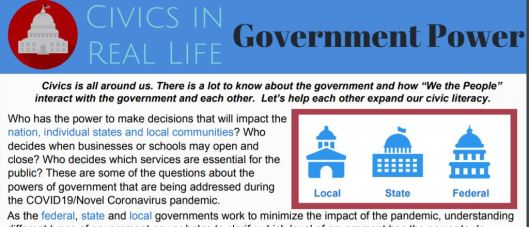
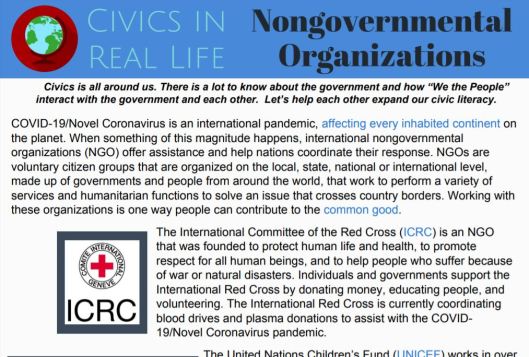
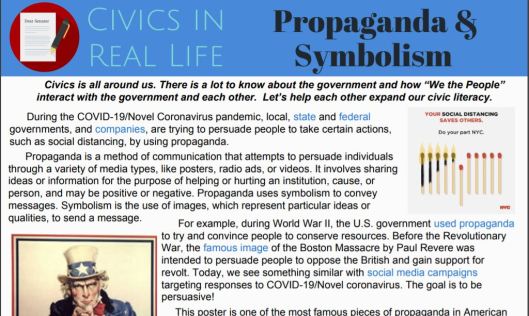
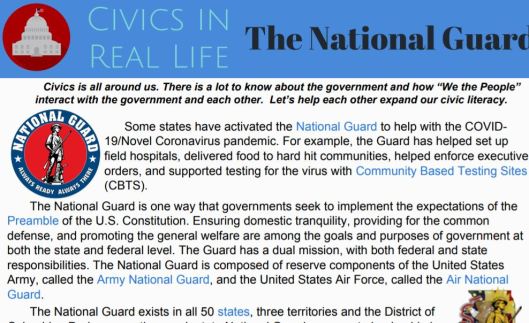
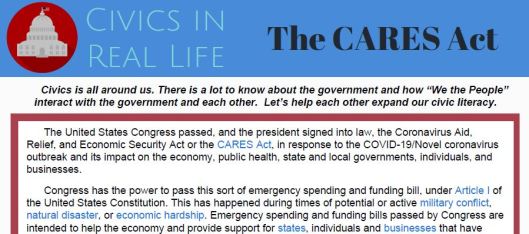
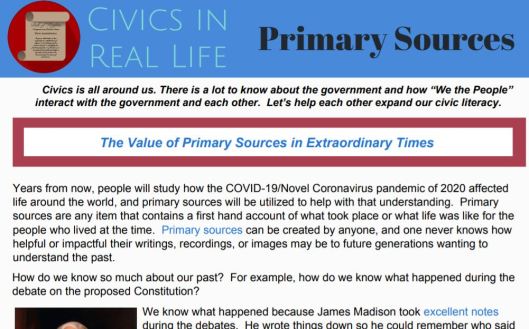
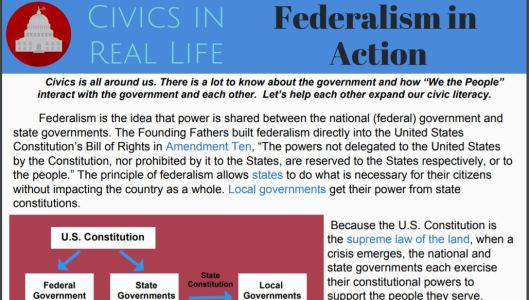


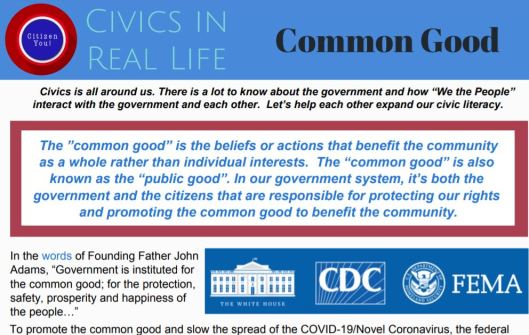



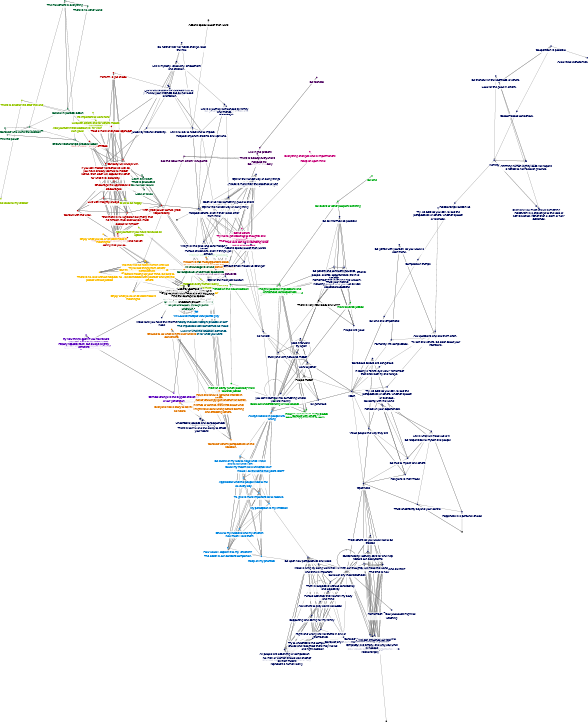


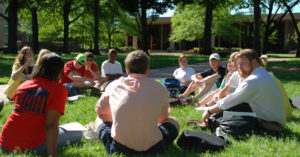
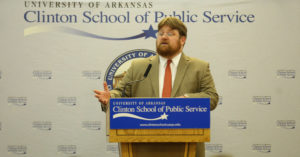
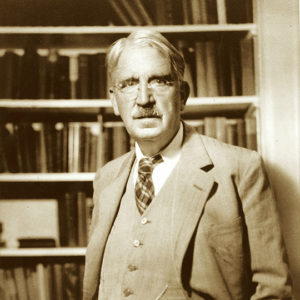
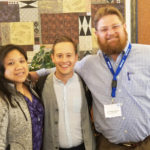
 Wednesday, May 6th
Wednesday, May 6th